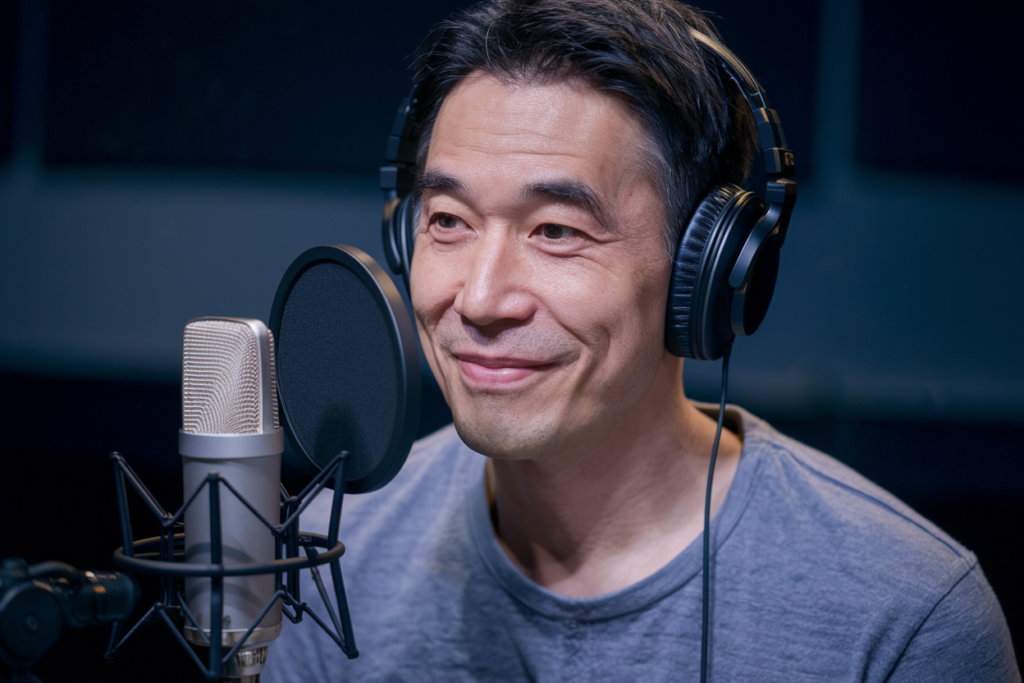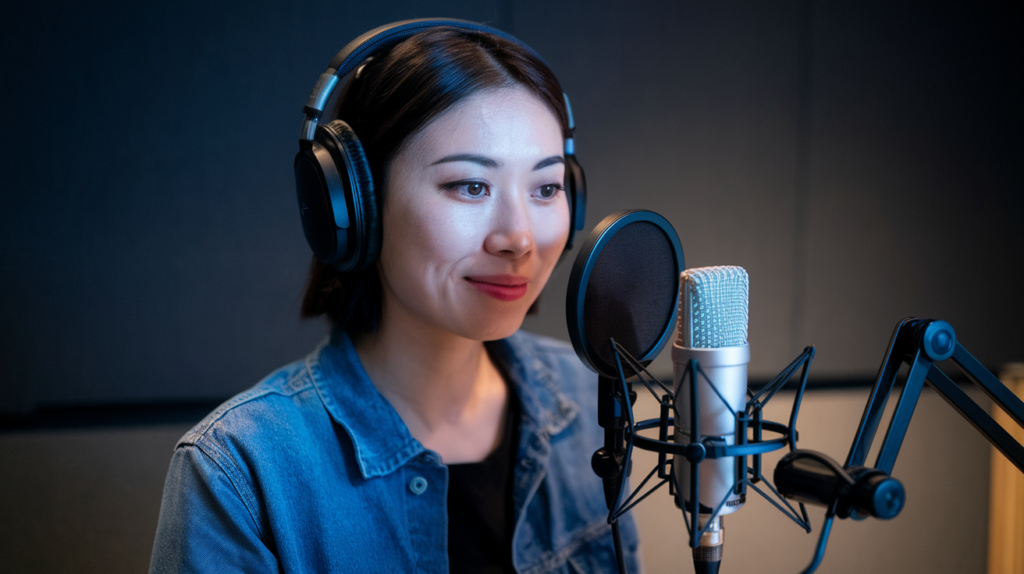Japanese voice actors, known as seiyuu (声優) in Japanese, are renowned worldwide for their versatility, talent, and dedication to their craft. They play a vital role in the success of anime, video games, movies, and even commercials. Below, we’ll delve into the world of Japanese voice actors, their unique styles, and the aspects that make them a critical part of the entertainment industry.
What Makes Japanese Voice Actors Unique
Training and Skill Development
Japanese voice actors undergo rigorous training at specialized voice acting schools. This training focuses on:
- Diction and pronunciation to ensure clear delivery.
- Character interpretation to bring complex personalities to life.
- Vocal range enhancement for performing a variety of roles.
- Acting skills, as seiyuu often perform live readings and stage plays.
Emotional Depth
One standout feature of Japanese voice actors is their ability to convey profound emotion. They craft performances that resonate deeply with audiences, whether it’s in a tear-jerking drama or a high-energy action sequence.
Cultural Nuances
Japanese voice acting reflects the country’s cultural and linguistic richness, making it uniquely appealing. The use of honorifics, speech patterns, and regional dialects adds authenticity to their performances.
Roles of Japanese Voice Actors
Anime
Seiyuu are integral to the anime industry. Their voices breathe life into beloved characters, elevating the stories with their nuanced performances. Iconic anime series like Naruto, One Piece, and Attack on Titan owe much of their global appeal to the talent of their voice actors.
Video Games
Japanese voice actors also lend their voices to video games, offering:
- Immersive character portrayals in RPGs like Final Fantasy and Persona.
- Dynamic voiceovers for action sequences and dialogues.
Commercials and Narration
Beyond entertainment, seiyuu often work in commercials, corporate narrations, and public announcements, showcasing their adaptability in various mediums.
The Importance of Language, Accent, and Dialects
Standard Japanese
The majority of voice acting is performed in Standard Japanese, also called Hyojungo (標準語), which ensures accessibility across Japan.
Regional Dialects
Seiyuu frequently perform in regional dialects such as:
- Kansai-ben, known for its humorous and warm tone.
- Tohoku-ben, which can convey rural charm or subtlety.
These dialects add layers of authenticity to characters and deepen audience engagement.
Language Versatility
Many seiyuu also voice characters in foreign languages for international audiences. Bilingual voice actors are especially in demand for projects aiming for global reach.
Iconic Japanese Voice Actors
Legends in the Industry
Some Japanese voice actors have achieved legendary status due to their exceptional contributions:
- Megumi Hayashibara (Rei Ayanami in Neon Genesis Evangelion).
- Mamoru Miyano (Light Yagami in Death Note).
- Jun Fukuyama (Lelouch Lamperouge in Code Geass).
Rising Stars
The next generation of seiyuu, such as Ai Fairouz (Jolyne Cujoh in JoJo’s Bizarre Adventure), is gaining prominence, bringing fresh talent and new voices to the industry.
Behind the Scenes
Studio Work
Japanese voice actors record in state-of-the-art studios where precision is key. They often record in groups to synchronize with co-stars, enhancing the natural flow of conversations.
Live Performances
Seiyuu often participate in live concerts and events, performing character songs and engaging with fans directly. This aspect sets them apart from voice actors in other countries.
Collaboration with Creators
Seiyuu work closely with directors and writers to ensure their voices align perfectly with the creative vision. Their input can sometimes shape how a character evolves.
Why Japanese Voice Actors Are Global Icons
Japanese voice actors’ dedication to their craft, ability to adapt to diverse roles, and their connection with fans have made them international icons. They represent a unique blend of artistry and professionalism, ensuring that their voices leave a lasting impression across cultures and generations.







